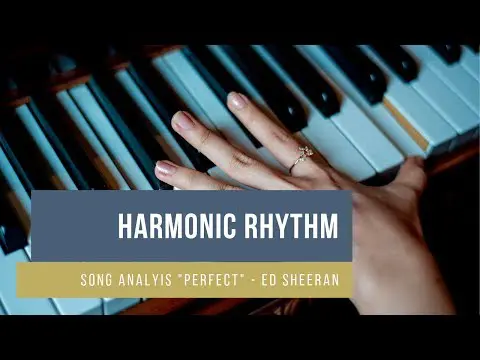Uncategorized
Harmonic Rhythm – An Introduction
Harmonic Rhythm
Harmonic rhythm definition
The rhythm itself is by far the most important parameter for any composition.
We are familiarized since the beginning of our training in any instrument you approach, the value of the notes, its duration upon an even a constant continuum called the beat or the pulse of the music. This duration can be longer or shorter, but in any case, is easier to see than the Harmonic rhythm which unfolds through the piece in a much slower pace.
Harmonic rhythm music definition
But what is Harmonic rhythm?
A short definition can be as the rate at which chords change. It is the duration of the chords within a chord progression. So as the notes of the melody have their own rhythm, so as the chords that lie, sometimes just as a hint, or displayed in full below it. So ‘harmonic rhythm’ is about the rhythm of the harmony.
For composition students, this is a challenging subject as stated before, Harmonic rhythm unfolds on a slower pace, but the most important thing to consider is that brings the overall structure of the piece, always taking into consideration if we are dealing with a non-experimental composition.
First, we have to talk about an interesting topic “Rate of presentation of information” this is fully covered by Alan Benkin in his “A Practical Guide to Musical Composition” he says “In general, the psychological effects of the rhythm of presentation of new information to the listener allow the composer access to a continuum of character effects ranging from very restless to very calm. The quicker the pacing of new events, the more demanding is the job of the listener, and consequently, the more exciting the effect“.
This relates closely to the topic at hand, as faster the changes between chords, the perception of the listener as they have to process the new information will attract more attention, conversely, a slow pace will cause a sensation of ease on the listener.
Here we have an example of the song “Perfect” of Ed Sheeran. If you notice during the verse the changes between chords are slower than in the Chorus, and the transition to the next verse, we can observe the fastest changes between chords while the melody stays quite motionless.
Here is the link:
https://www.youtube.com/watch?v=cUxvdl1tXHs
This video represents the chords used in this song with the chord names and its function divided in Tonic, Subdominant and Dominant families seen in previous articles.
Here you can find the links to the previous chapters of this series:
Introduction to Tonal families – Tonic Family
SubDominant and Dominant Families

